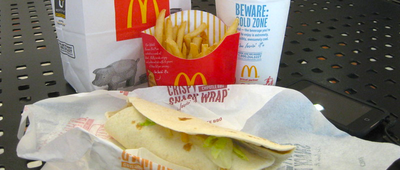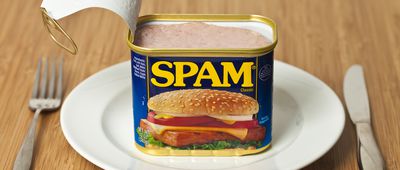Bread Necessities
Just like the popular legend that the Earl of Sandwich created the first one, there are hundreds of other sandwiches with equally dubious origin stories. But no matter how the ubiquitous sandwiches on this list came to be, one thing is true for them all: They're amazingly delicious, unique, and worth seeking out. If you consider yourself a true food lover, do yourself a favor and make sure you get your hands around all of these bucket-list-worthy sandwiches.





























